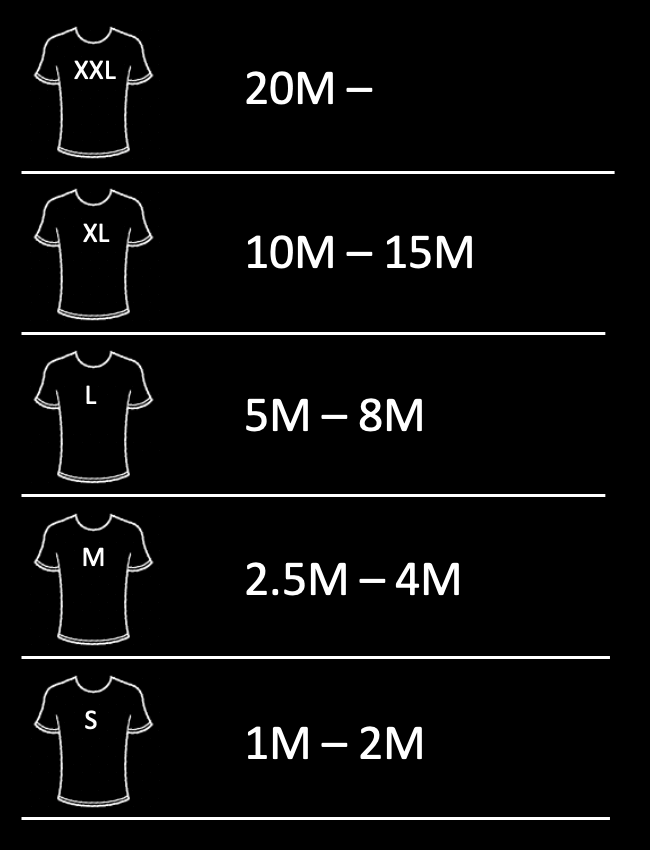The interest in transitioning from traditional portfolio management to Agile and Lean portfolio management has skyrocketed in our companies and organizations lately. Here in Sweden, we have recently started seeing job postings where one of the requirements is to be certified in LPM. Something is happening, and it’s happening fast. When we move from projects or programs to working in value streams for products or services, it’s easy to see that there’s a gap between strategy and execution if the organization hasn’t established a Lean Portfolio Management collaboration. There simply isn’t an established place for conversations and collaboration, follow-up, and decisions regarding the major initiatives and budget that the portfolio is responsible for.
And when a larger organization has established one or a few development value streams, it becomes even clearer that the shift is needed. The traditional management in programs and portfolios simply no longer suffices, or often even hinders the organization from taking further steps towards flow optimization and a reality-based follow-up of the organization’s value deliveries.

Many of the conversations I have with organizations that have come a long way on their Agile and digital transformation journey revolve around problematizing issues that we previously mentioned. The feeling that the glass ceiling is hovering just above value streams and trains or teams of teams is quite widespread. And to be honest, I often ask the question, “But how does your portfolio collaboration actually work right now?” Is your organization still focused on resource optimization and initiative funding rather than flow optimization and funding per train and value stream? Are your processes inhibiting innovation rather than stimulating innovative work on a larger scale? We often agree that it’s high time to tackle a more difficult change and start discussing and mapping out a plan for how the organization’s portfolio work needs to change.
As more and more people test and learn from this knowledge base, the theory also needs to be updated based on practice. Recently, some updates were made to the knowledge base at Scaled Agile based on what we’re all doing out there. Among them, there are a few I want to highlight specifically.
Estimation of Portfolio Epics in actual cost
 While WSJF and story points are great for sequencing, when it comes to budgeting, we also need to be able to communicate and discuss the actual cost of an MVP or initiative to calculate ROI and make more informed decisions about whether or not to proceed. Scaled Agile has now introduced new guidelines for T-shirt sizing the cost of realizing an Epic and its MVP. We have been lacking clarity in the transition from an Epic estimate in story points (gummy bears!) to the cost estimates we use in Participatory Budgeting to cross-functionally determine how our budget should be best utilized. I believe that the updated guidance on Portfolio or Business Epics can be really helpful, and more in line with how we actually need to work with these issues today - and since this makes it more logical to take input from Participatory Budgeting, I hope that more companies will want to test that part of the process. Here is a recorded Webinar where Luke Hohman describes how T-shirt estimation in actual cost can work: Community Webinar: Estimating Epics in Support of Participatory Budgeting
While WSJF and story points are great for sequencing, when it comes to budgeting, we also need to be able to communicate and discuss the actual cost of an MVP or initiative to calculate ROI and make more informed decisions about whether or not to proceed. Scaled Agile has now introduced new guidelines for T-shirt sizing the cost of realizing an Epic and its MVP. We have been lacking clarity in the transition from an Epic estimate in story points (gummy bears!) to the cost estimates we use in Participatory Budgeting to cross-functionally determine how our budget should be best utilized. I believe that the updated guidance on Portfolio or Business Epics can be really helpful, and more in line with how we actually need to work with these issues today - and since this makes it more logical to take input from Participatory Budgeting, I hope that more companies will want to test that part of the process. Here is a recorded Webinar where Luke Hohman describes how T-shirt estimation in actual cost can work: Community Webinar: Estimating Epics in Support of Participatory BudgetingGreater emphasis on Strategic Portfolio Review
Changes to the Lean Portfolio Management course
The course still has the same goal and purpose - to gain insights and knowledge about what a Lean portfolio collaboration is about and, based on that, create a plan for how participating organizations can migrate from their traditional portfolio to a Lean Portfolio, and how we take it further after the course. So far, the Lean Portfolio Management course has had a setup that is a mixture of knowledge and workshop in a single flow, but from October, the course will be a 2+1 course, where the first two days are more focused on knowledge, and the last day is a focused workshop to take the next step in the respective company's portfolio transformation. We at We Are Movement have tried a similar setup already for both Leading SAFe and SAFe DevOps in 2+1, and I think this setup for Lean Portfolio Management can make it even easier to focus on a pragmatic plan for portfolio migration to be taken further in workshops and work at home.
So, the same course, the same goal but with updated structure and content, and everything is included. And if you are curious about how the Getting started with Lean Portfolio Management workshop would work in your organization, it is possible to get it separately as well, provided you have good insights into Lean Portfolio Management.


